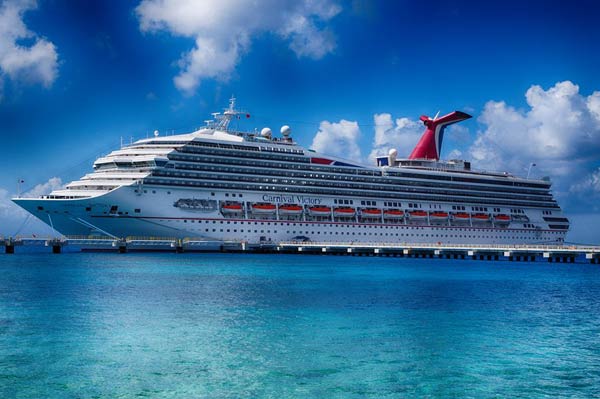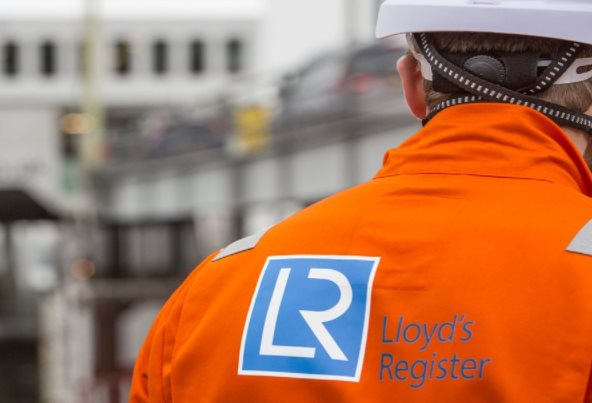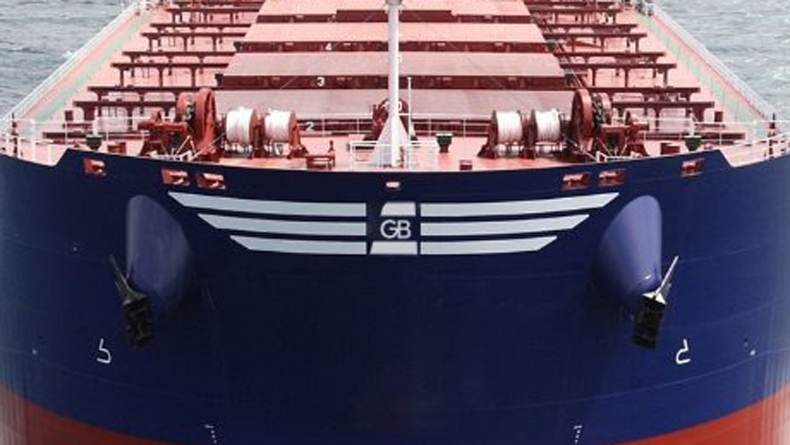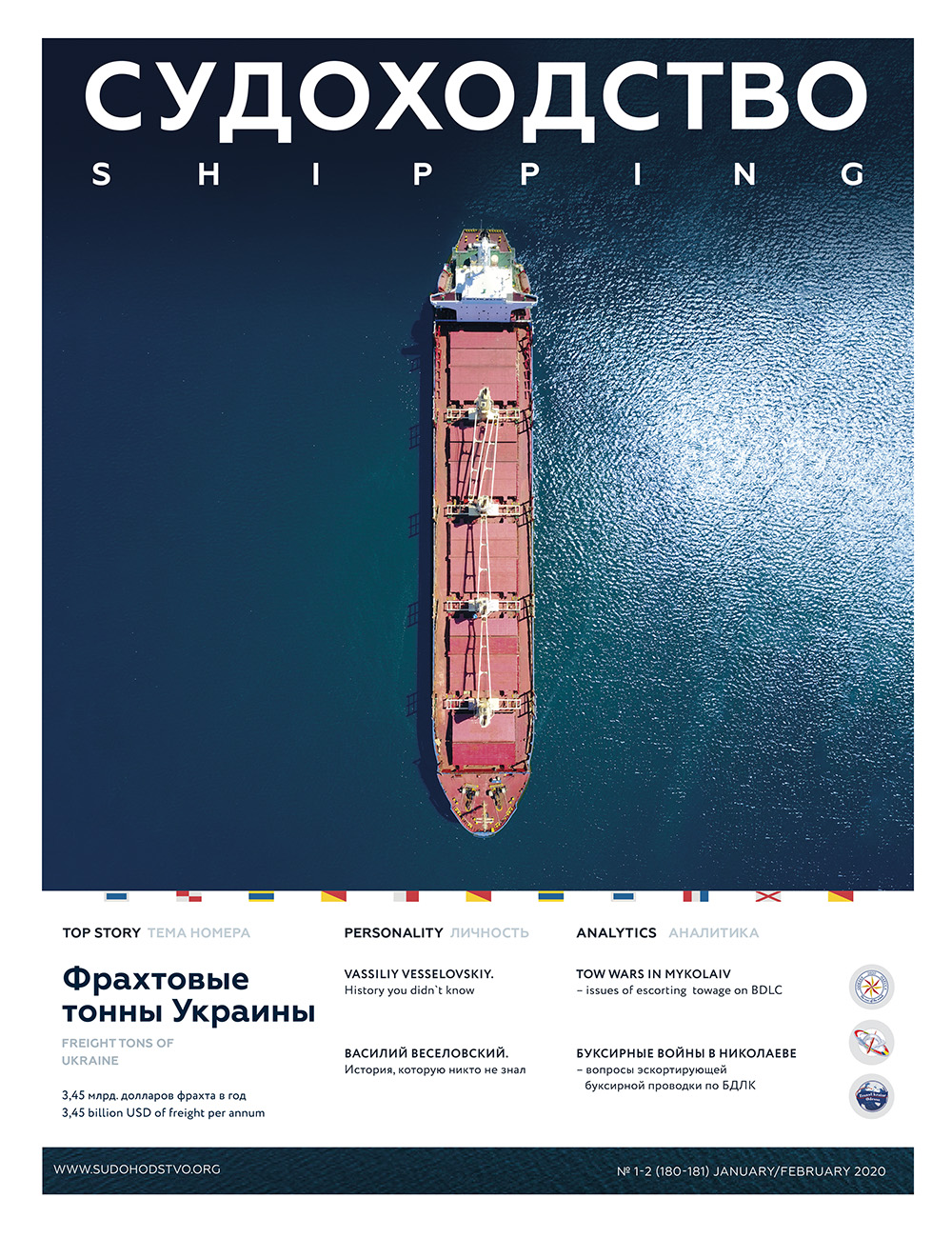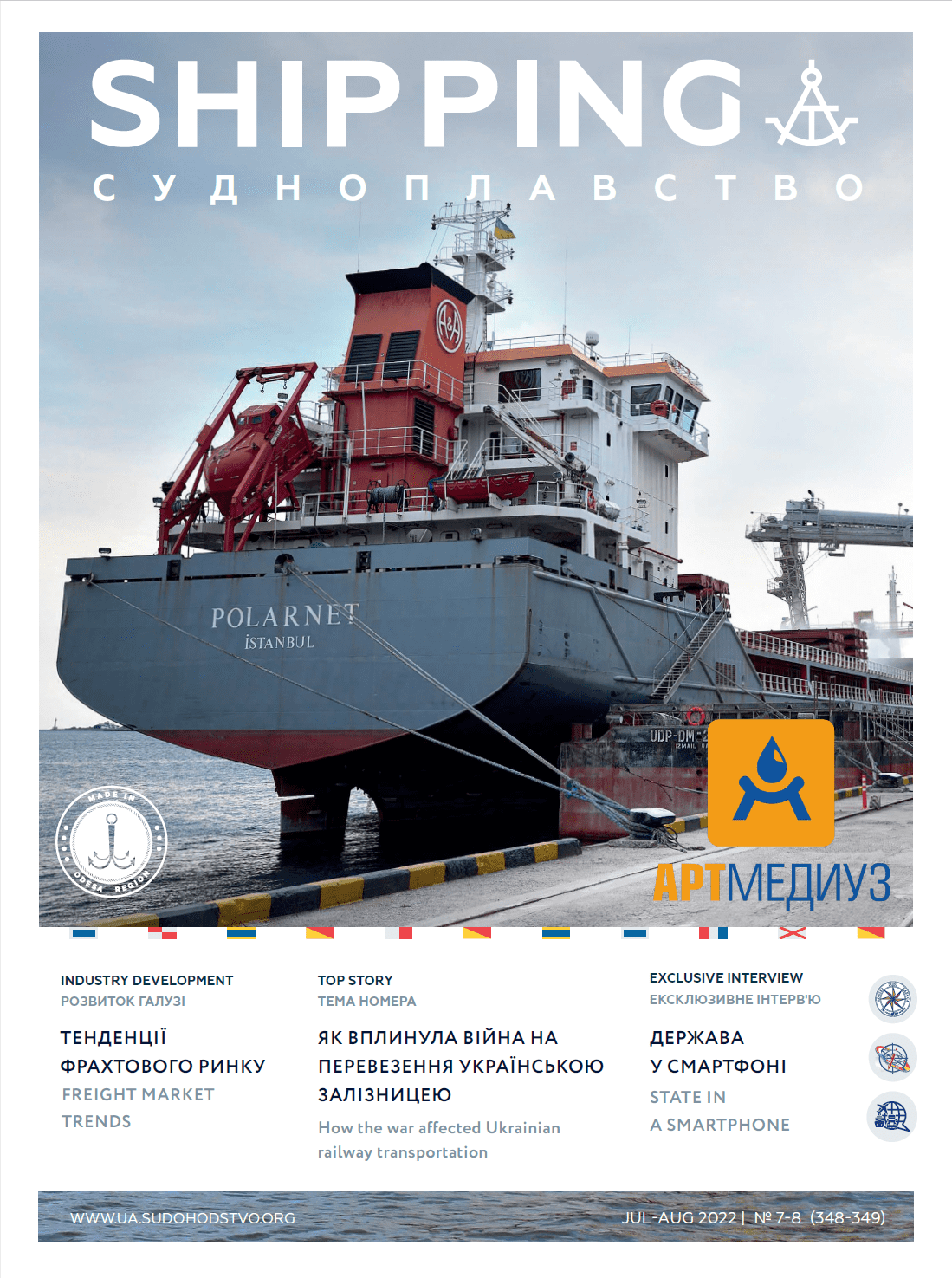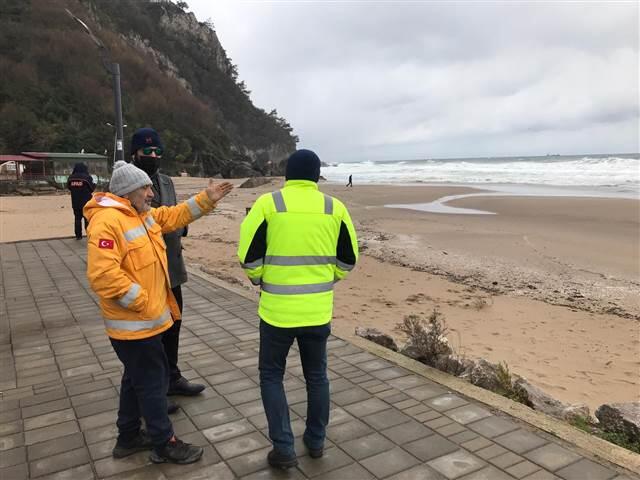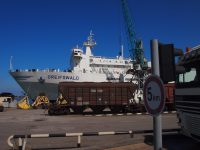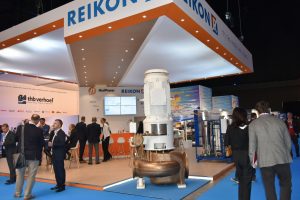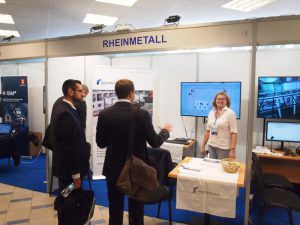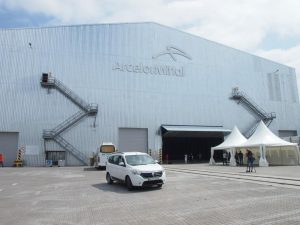The development of the remote and autonomous (R&A) shipping has become one of the hottest topics in the industry over the past couple of years. The maritime industry has seen an ever-growing number of stakeholders assuming an active role in the development of technological solutions that aim to bolster security and bring cost efficiency for ship owners by fine-tuning onboard systems for autonomous operation. The integration of unmanned ships is not expected to be “smooth sailing”, taking into account that some of the key industry majors are skeptical about allowing ultra large containerships, tankers or cruise ships to sail without a crew on board.

Nevertheless, there are various sectors that are expected to be early adopters of the trend, one of them being workboats. World Maritime News met up with Oskar Levander, Senior Vice President of Concepts and Innovation, Digital & Systems of Rolls-Royce, one year after our previous interview, to see what the current state of play with regard to the development of autonomous ships is. Mr. Lavander will be speaking at Asia Pacific Maritime 2018 conference, which takes place 14-16 March 2018. Commenting on the major breakthroughs in autonomous shipping for Rolls-Royce since our interview in April 2017, Levander pointed to the demonstration of the first remotely controlled commercial vessel carried out in cooperation with Svitzer in Denmark.
“We showcased how we can safely operate a tug (the Svitzer Hermod) from a remote-control station location in the Svitzer office. This is a major step on the road towards R&A shipping,” Levander said.
“Another recent step is the release of our Intelligent Awareness system. This is a spin-off product from the development of R&A ship technology that has the potential to benefit all existing ships. It can enhance the captain’s awareness of what is happening around his or her vessel by fusing together the information from different sensors, such as camera, radar, AIS and LIDAR, and by applying intelligent object detection. This will greatly improve the safety of ship operation.”
How can the owners be persuaded to invest in autonomous ships?
According to Levander, there is a high interest in the technology, therefore, there should be no problem in attracting enough customers to invest amid anticipated cost savings which could reach up to 30 pct for some ship types.
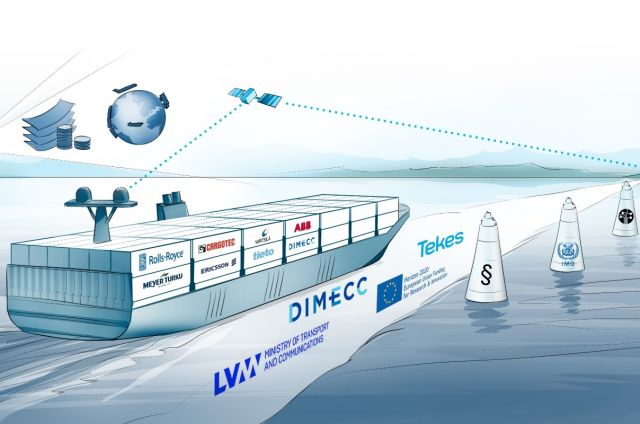
“The R&A technology open up totally new business models that are not feasible before the new technology becomes available. These models have the potential to disrupt the existing markets and players will need to adapt to stay in the game. “What is interesting to note, is also the increasing interest from the cargo owners for R&A shipping. If the ship owners’ own customers see the potential for lower cost and new business models, it is a great indicator that the industry will move in this direction,” Levander concluded

